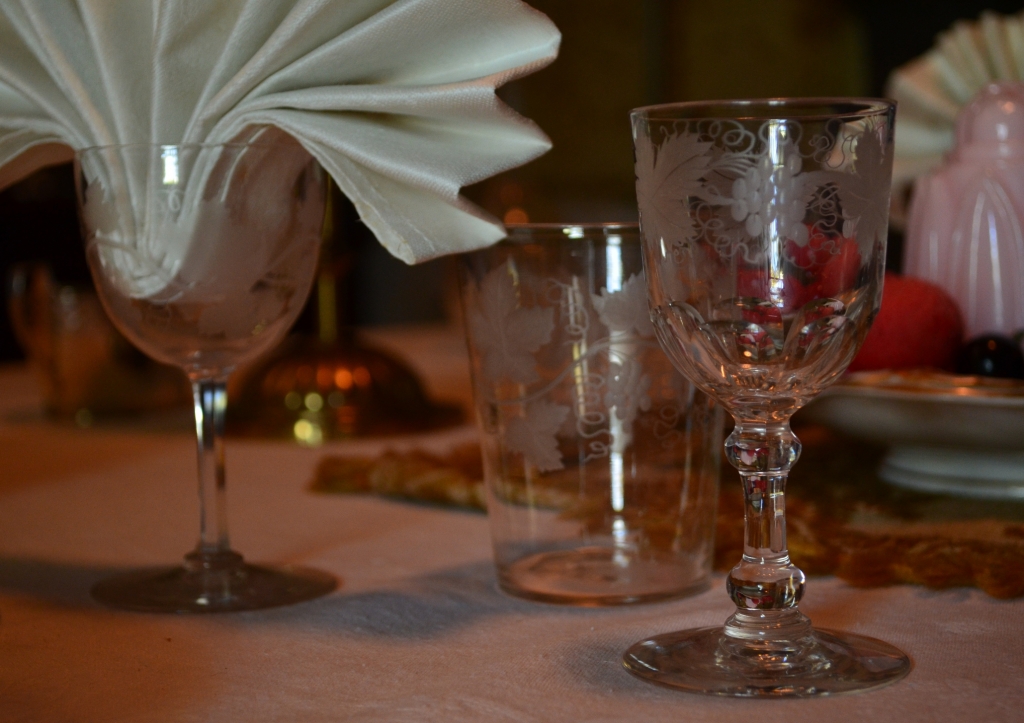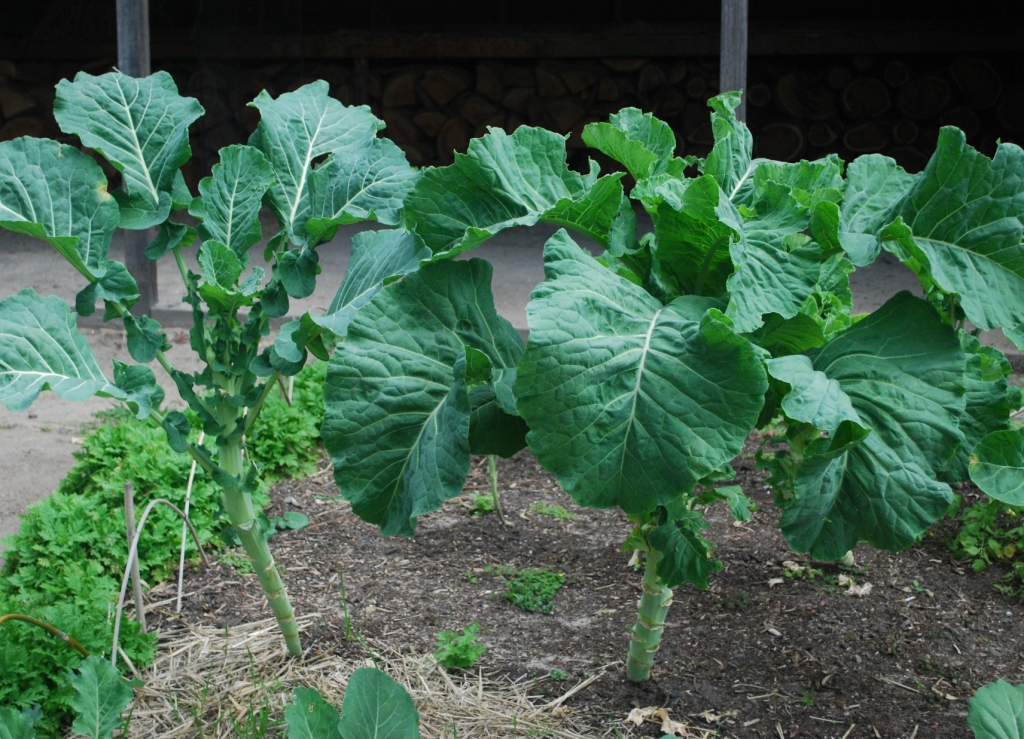Happy New Year! In the event that you’re nursing a hangover, read on! It won’t cure your headache, but it will give you an amusing word of the day for later.
The woes of Bacchanalian excess
My favourite description of a hangover is from Thackeray’s Vanity Fair, when a trip to Vauxhall Gardens goes horribly wrong for the jovial Joss Sedley. I’ve used a snippet of it before when we talked about ‘rack punch‘:
Oh, ignorant young creatures! How little do you know the effect of rack punch! What is the rack in the punch, at night, to the rack in the head of a morning? To this truth I can vouch as a man; there is no headache in the world like that caused by Vauxhall punch. Through the lapse of twenty years, I can remember the consequence of two glasses! two wine-glasses! but two, upon the honour of a gentleman; and Joseph Sedley, who had a liver complaint, had swallowed at least a quart of the abominable mixture.
That next morning, which Rebecca thought was to dawn upon her fortune, found Sedley groaning in agonies which the pen refuses to describe. Soda-water was not invented yet. Small beer—will it be believed!—was the only drink with which unhappy gentlemen soothed the fever of their previous night’s potation. With this mild beverage before him, George Osborne found the ex-Collector of Boggley Wollah groaning on the sofa at his lodgings. Dobbin was already in the room, good-naturedly tending his patient of the night before. The two officers, looking at the prostrate Bacchanalian, and askance at each other, exchanged the most frightful sympathetic grins. Even Sedley’s valet, the most solemn and correct of gentlemen, with the muteness and gravity of an undertaker, could hardly keep his countenance in order, as he looked at his unfortunate master.
Oh the horror!
A “word for the day”
The familiar term ‘hangover’ is itself a later 19th century (probably American) term; in a variation ‘Auntie Mame’ was ‘hung’ in the book (1955) and movies. So what was the earlier term? A myriad of slang terms aside, the ‘proper’ term in the latter 18th and 19th century was ‘crapulence’. Thomas Sheridan (1719-1788) defined it as:
Crapulence: drunkenness; sickness by intemperance.
Crapulous: Drunken, intemperate; sick with intemperance. [1]
Jeffrey Kacirk in ‘Forgotten English’ (William Morrow, 1997, p207) neatly defined crapulence as “intestinal and cranial distress … arising from intemperance and debauchery”, and quotes the Greco-Roman physician Galen who defined it as “A derangement of the functions of the brain, produced by wine or other fermented liquor.” He also notes “barrel fever”and “cropsick” as 19th century alternatives.
And ‘feeling crappy’? The A-Z Encyclopedia of Alcohol and Drug Abuse (Thomas Nordegren, 2007) defines that as “colloquial term [for crapulence], hangover, gross intemperance in eating/drinking. … from Late Latin crapulentus, very drunk; from latin crapula, intoxication; from Greek kraipale [‘drunken headache].”
So your challenge for New Years Day is to work ‘crapulence’ or ‘crapulent’ into a commiseratory conversation without raising eyebrows.
…Not the greatest cure, but 10 points for an aesthetic attempt!
Soda water and small beer aside, what does one do about a hangover? Since the Greeks and Romans gave us ‘crapulence’, let’s look at their legacy;
A popular pattern on 19th century punch bowls is trailing ivy. It’s often associated with Napoleon today as the dinner service he used while in exile on St Helena was decorated in this ivy pattern. First produced in 1815 by Wedgwood it was quickly called ‘Napoleon ivy’ after the deposed emperor of France. Ivy is also a common motif on decanters and wine glasses, often mistaken for the more expected grape leaves, and could also feature in wallpapers in 19th century dining rooms.

Grape-vine etched glassware, part of a table setting at Rouse Hill House. Photo Scott Hill © Sydney Living Museums
But why ivy? In short it’s a neoclassical reference: a wreath of ivy was believed to ward off a hangover by the Greeks and Romans (well it was a lovely theory), and these were worn by revellers.
The classical author Plutarch [ca. 45–120 CE] records the belief in his Symposia, a series of essays written as debates and discussions [2]. Trypho, a participant in the symposium, argues that Bacchus the god of wine (the Greek Dionysus) discovered the sobering quality of ivy and hence could be labelled a ‘physician’:
…Bacchus was not only counted a physician for finding wine, the most pleasing and most potent remedy, but for bringing ivy, the greatest opposite imaginable to wine, into reputation, and for teaching his drunken followers to wear garlands of it, that by that means they might be secured against the violence of a debauch, the heat of the liquor being remitted by the coldness of the ivy.[1]
The thyrsus, the pine-cone topped staff carried by Bacchus’ ecstatic followers the maenads was also wrapped in ivy. In response Plutarch himself took a more prosaic view. To him ivy just made a useful winter substitute for the deciduous vine leaves used in summer:
And therefore it is not likely our dear friend Bacchus… should bring ivy into reputation for being a preservative against drunkenness and an enemy to wine. But in my opinion, as lovers of wine, when they have not any juice of the grape ready, drink ale, mead, cider, or the like; thus he that in winter would have a vine-garland on his head, and finding the vine naked and without leaves, used the ivy that is like it; for its boughs are twisted and irregular, its leaves moist and disorderly confused, but chiefly the berries, like ripening clusters, make an exact representation of the vine. But grant the ivy to be a preservative against drunkenness — that to please you, Trypho, we may name Bacchus a physician.
Glass of cabbage water anyone?
Should pre-emptive floristry fail, there was always the backup plan: cabbage. Using the nom-de-plume Vox e desertos (‘a voice in the wilderness’), a writer to the Sydney Morning Herald in 1841, advocated a long held belief in cabbage as a hangover remedy. He also quoted the ancient authors:
This pot herb the cabbage, which is now-a-days only of secondary importance, was held in the highest esteem by the bon vivans of ancient Greece and Rome. In those days of compotations and festivity, when Bacchus, with the satyrs and nymphs, tripped it on the green, and by their joy inspiring example taught men how to smooth the wrinkled brow of care, this vegetable held the chief place in the first rank among the joys of the table, at the debauches of the bacchanalian. its presence there was quite indispensable, as it filled the important office of a prophylactic against impropriety, and as an expellant of crapula, Anglicé, ‘blue devils’.
…Aristotle and his pupil Theophrastus both attest to the anticrapulous properties of the cabbage… Cato the Elder is one of its stoutest champions. Dioscorides and Pliny agree in stating “that it prevents drunkenness if taken at the beginning of a swill: eaten at the end it ousts the blue devils”. …Alexander like Galen proscribes it both internally and externally. Speaking of the cure of headaches caused by wine he proscribes cabbage leaves softened in hot water to be bound on the head. [3]
In his agricultural treatise the very proper Roman writer Marcus Porcius Cato (234-149 BCE) had written:
If you wish to drink deep at a banquet and to enjoy your dinner, eat as much raw cabbage as you wish, seasoned with vinegar, before dinner, and likewise after dinner eat some half a dozen leaves; it will make you feel as if you had not dined, and you can drink as much as you please. [4]
For aficionados like the colonial ‘Vox’ the cabbage could be eaten raw, boiled, fried or the juice collected and drunk as ‘cabbage water’. Even a cursory web-search will find cabbage water listed as a natural remedy – along with a caution as to its more unsocial after effects. There were several varieties of cabbage grown in the early colony to choose from, including the Savoy cabbage (brassica oleracea var. capitata) and red cabbage (often used for pickling and used on ships to prevent scurvy), the stalk leafed cabbage (b. elongata) and the Chinese cabbage (Pak-Choi, or b. chinensis). Kale, which is also a cabbage though one that does not form the familiar dense ‘head’, was also grown though with its divided leaf can’t have been as useful as cranial application… Why do I suspect however that the ‘voice in the wilderness’ secretly represented the cabbage growers of the Hawkesbury… Given that in Sydney in April 1841 a crippling economic depression was in full swing, quite a few may have been looking for a hangover cure.
So Happy New Year from all at the Cook and The Curator! (and pass the cabbage)
Notes
The crapulent (see? its easy!) chap in the wheelbarrow at the top is the fourth of a series of albumen photographs by Charles Pickering, probably created as part of the temperance movement. From the the collection of the State Library of NSW, they depict the ‘five stages of inebriation’ of an increasingly bedraggled and eventually comatose man. In the last photograph the proverbial long arm of the law is about to drag him away by the lapels; miraculously he still has his pocket watch. You can see the full series here.
Feeling classically inclined? Two books from my library that contain Greek and Roman dishes using cabbage are Dalby & Grainger’s The classical cookbook, (California, The J Paul Getty Museum, 1996) and Patrick Faas’s Around the Roman table (London, Macmillan, 2003, pp232-3).
[1] Thomas Sheridan, A complete dictionary of the English Language. 4th edn. London, Charles Dilly, 1797. Note however that the definition doesn’t appear in the 1789 2nd edition .
[2] A speech by Trypho, in Plutarch’s ‘Symposia’. The complete works of Plutarch: essays and miscellanies, New York: Crowell, 1909. Vol.III.
[3] The Sydney Morning Herald, 5th April 1841.
[4] Marcus Porcius Cato (Cato the elder), De Re Rustica (‘on agriculture’) . The Loeb Classic Library, London 1934.






